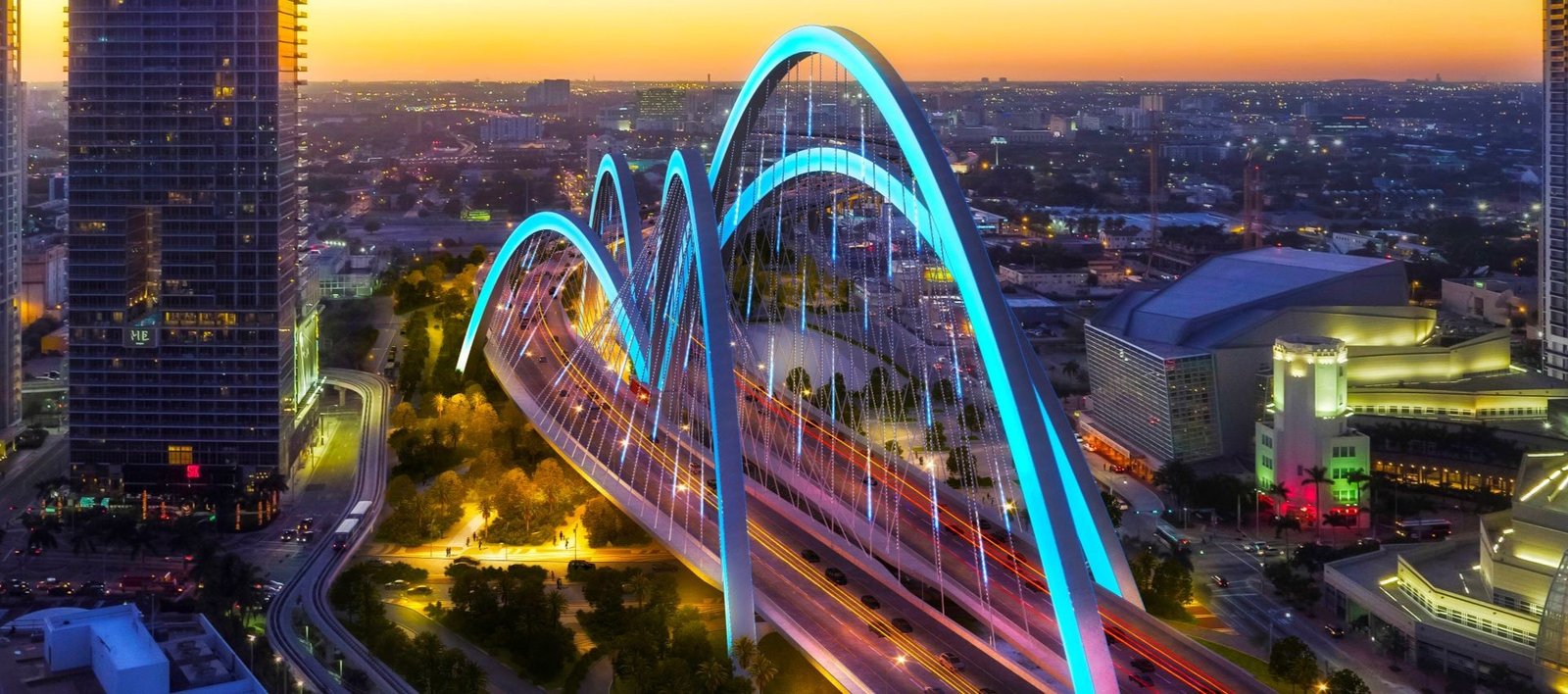
Carnival Time in America!
By: Panorama of the Americas Editorial
Photos: David Mesa (Las Tablas, Panamá), Carlos Gómez (Oruro, Bolivia), William Bello (Barranquilla, Colombia), Demian Colman (Gualeguaychú, Argentina), Noelia Vitori (Puerto España, Trinidad y Tobago).
Carnival is a time of revelry, community, and history. With festivities beginning in late January and continuing into March, many of those who live in the Americas and the Caribbean islands spend their time playing at being someone else, caught up in the euphoria of the dancing and drums, the beverages that free them from inhibitions, and recalling, perhaps, the Africans brought to the New World as slaves.
Carnival time, which combines European customs with folk and religious rituals, is different in every country. Here’s a review of some of the carnivals that are most highly recommended, based on their history, organization, and cultural importance.
To the Samba Beat
Carnival in Río de Janeiro is famous for its spectacular festivities, music, and thousands of participants. Every year, samba schools vie to create the best costumes, choreography, and allegorical floats in hopes of winning the Best Samba School prize.
Friday, March 1 through Saturday, March 9.
Celebration in Bolivia
The Carnival in Oruro pays homage to the Virgin of the Mine and features “devil’s” dances, a planting celebration, and humor at the expense of the Spanish conquistadors. Like all good carnivals, the celebration combines religious, folkloric, and artistic manifestations. It was declared a World Masterpiece of Oral and Intangible Heritage in 2001 and placed on the UNESCO Intangible Cultural Heritage list in 2008.
Saturday, February 23 through Monday, March 4.

Water Trucks and Queens
Panama’s King Momo Celebration takes place on the city’s oceanfront; the Las Tablas carnival in the country’s interior is also very popular. Water trucks, dance revues, and beauty queens on parade in allegorical floats are just a few of the activities in this city. Las Tablas celebrates with street bands and parades of dancing girls in full “pollera” skirts, one of the country’s best known traditional costumes.
Friday, March 1 through Tuesday, March 5.
Carnival in Guaranda
Ecuador’s best carnival takes place in Guaranda, the capital of the Bolívar province in the nation’s interior. Masks, parades, guitars, and dance troupes from all over the country come together to celebrate and take advantage of the chance to spend family time in Guaranda, making costumes and cooking together.
Sunday, March 3 through Tuesday, March 5.

Caribbean Celebration
“To live it is to enjoy it!” is the slogan for Carnival in Barranquilla this and every year. It is Colombia’s most important four-day folkloric and cultural celebration of the identity and memory of the people of Barranquilla and the Colombian Caribbean. Carnival in Barranquilla has also been recognized as a World Masterpiece of Oral and Immaterial Heritage.
Saturday, March 2 through Tuesday, March 5.
Carnival in Argentina
Carnival in Gualeguaychú, in the Entre Ríos province, begins in January with shows and parades every Saturday in the Corsódromo carnival stadium, although the heart of the celebration is in March. Known as the “Country’s Carnival,” different crews, each with thousands of members, compete to win prizes for best outfit, costume, music, or float.
Saturday, March 2 through Monday, March 4.

Give Me, Give Me My Soca!
Soca, an Afro-Caribbean rhythm derived from calypso, which originated in these islands, is at the heart of the Carnival in Trinidad and Tobago. Drums, steel drums, and claves are some of the main instruments used in these celebrations in which carnival musicians vie for the hearts of their audiences.
Monday, March 4 through Tuesday, March 5.

Party All Month Long!
Carnival in Montevideo, Uruguay is famous, among other things, for its length: 35 days, although the main activities begin with the Carnival Parade featuring street bands, allegorical floats, big-headed mascots, the Carnival Queens, and samba schools. The Drum Call Parade is perhaps the best of all: thousands of drums play the candombe beat, recalling the fact that, during the second half of the 19th century, the Port of Montevideo was the port of entry for thousands of enslaved Africans brought into the Viceroyalty of the Rio de la Plata.
Thursday, January 24 through Friday, February 8.
Mardi Gras
Mardi Gras is celebrated in several U.S. cities but New Orleans is definitely the most popular. It features many parades, each with its own name: Bacchus and Endymion; Orpheus; and the Zulu Lundi Gras parade, to name only a few. The epicenter of this celebration is the French Quarter, where you’ll find masked parades and costumes.
Tuesday, March 5.
Carnival in Recife
Carnival in Recife, Brazil begins with a parade on Saturday featuring the Galo da Madrugada group and their giant rooster. On Sunday, electric trios parade up and down Boa Viagem Beach, filling the air with carnival music. The entire city sways to the typical Pernambuco frevo and maracatu rhythms, and early Monday morning is dedicated to the Night of the Silent Drums, a tribute to the enslaved Africans who died in captivity.
Saturday, March 2 through Wednesday, March 6.



